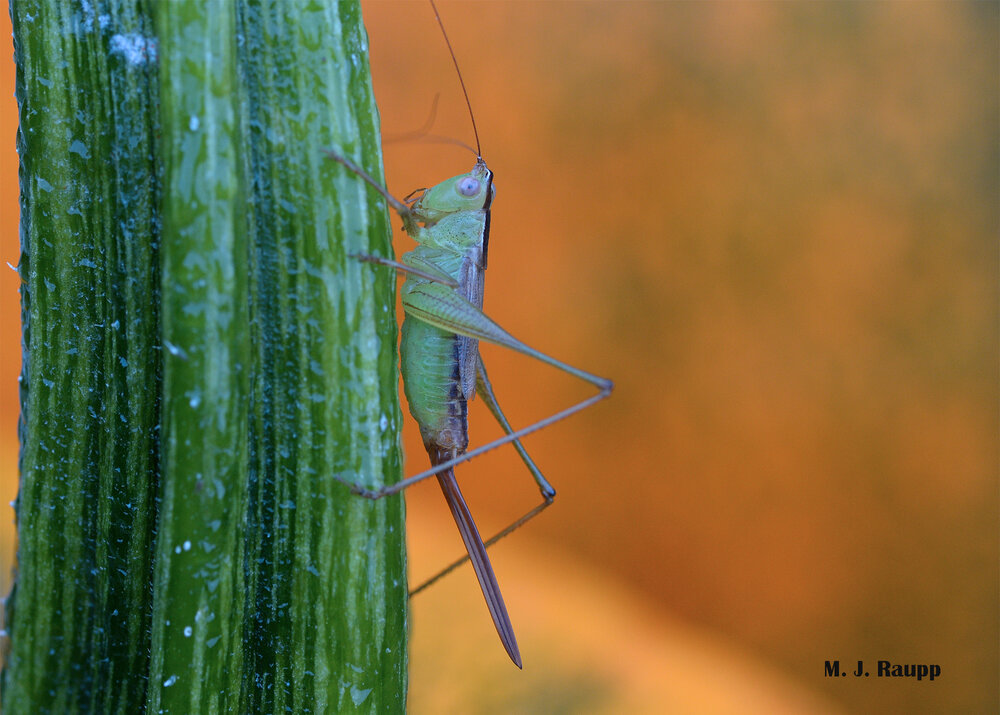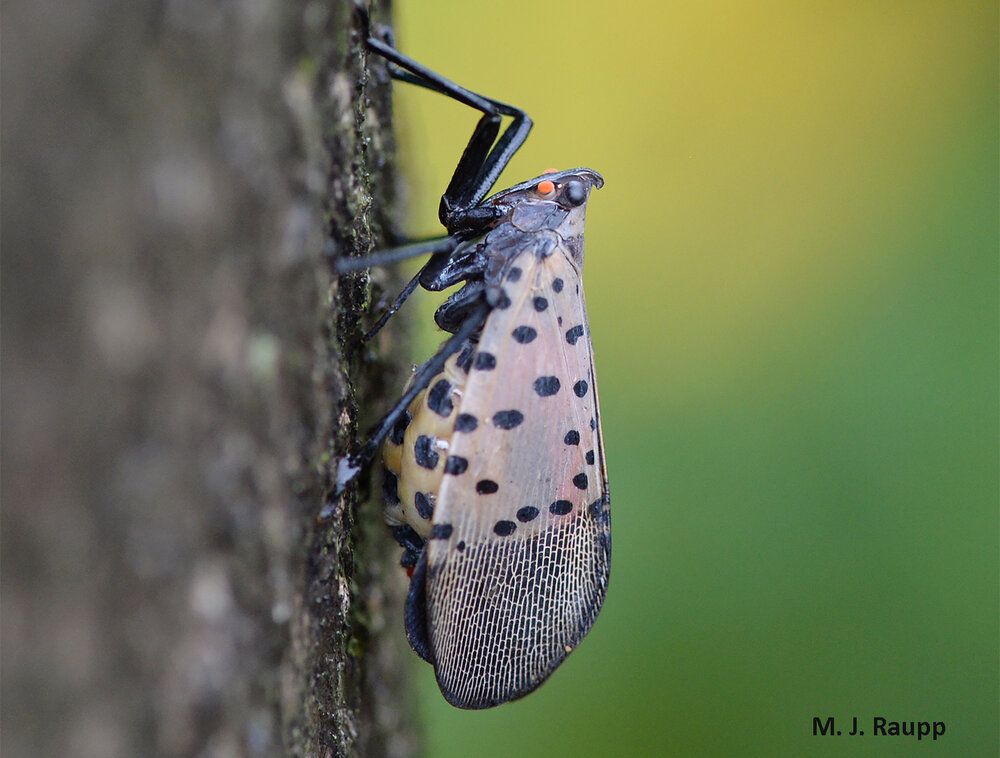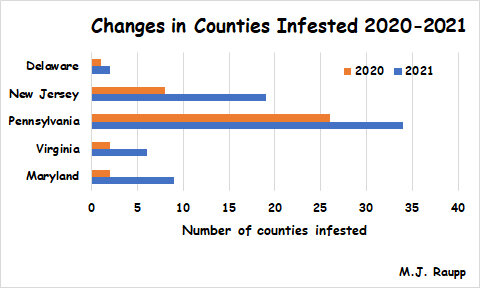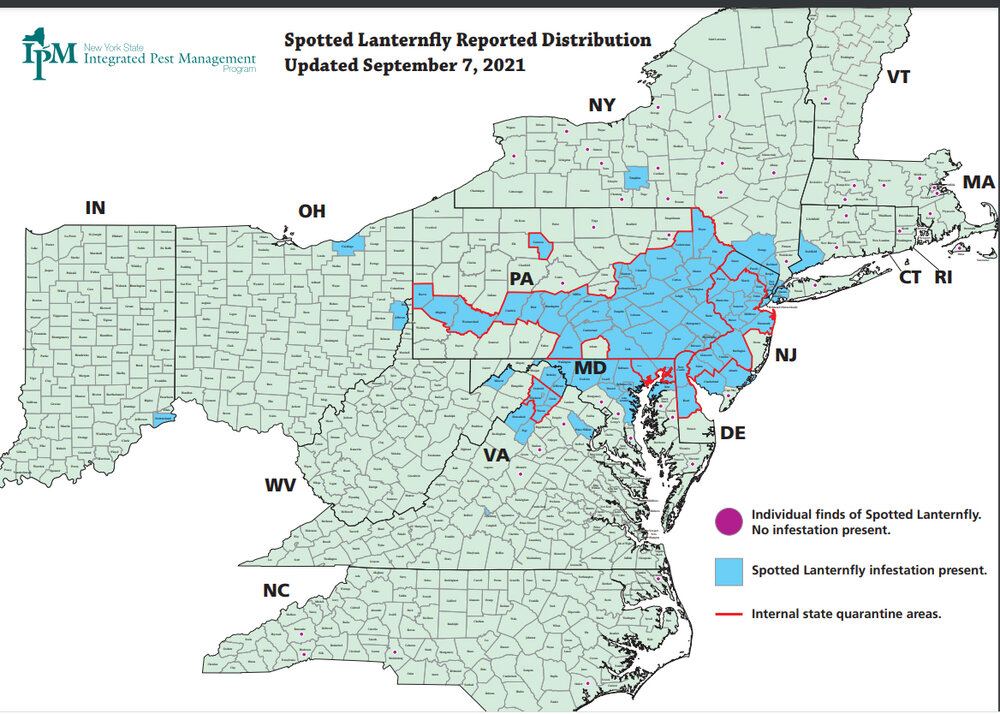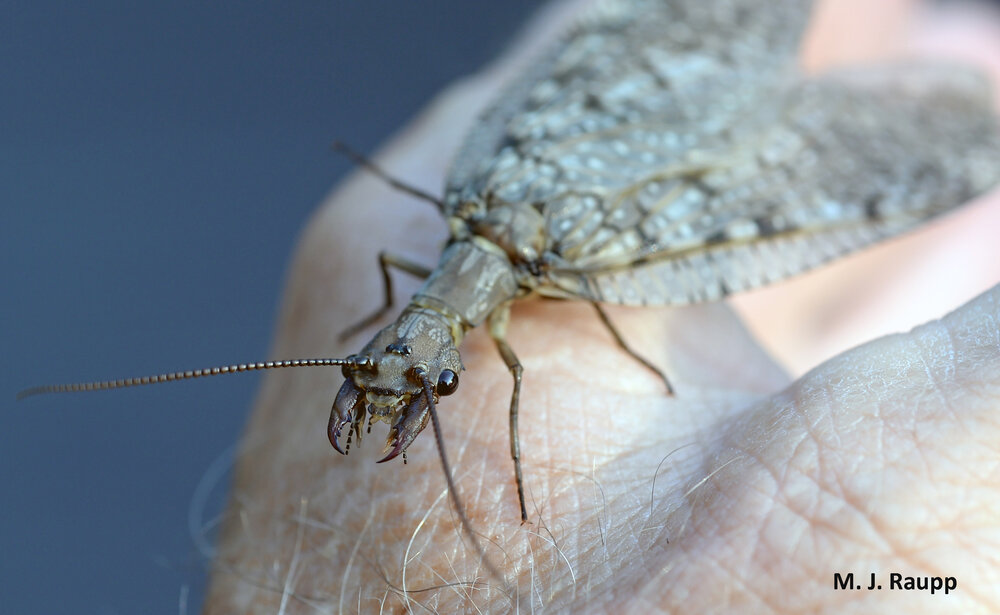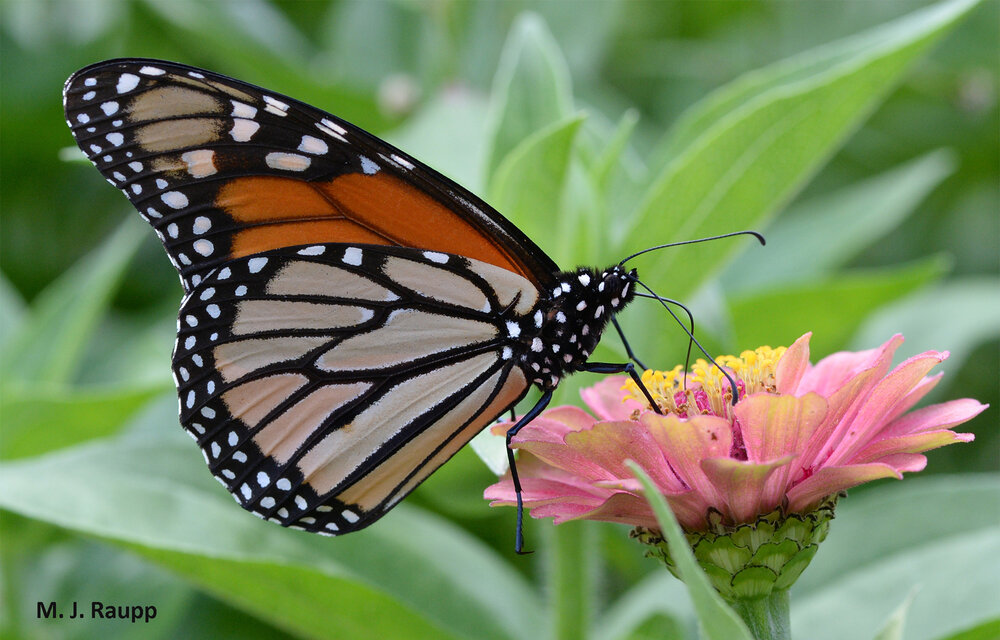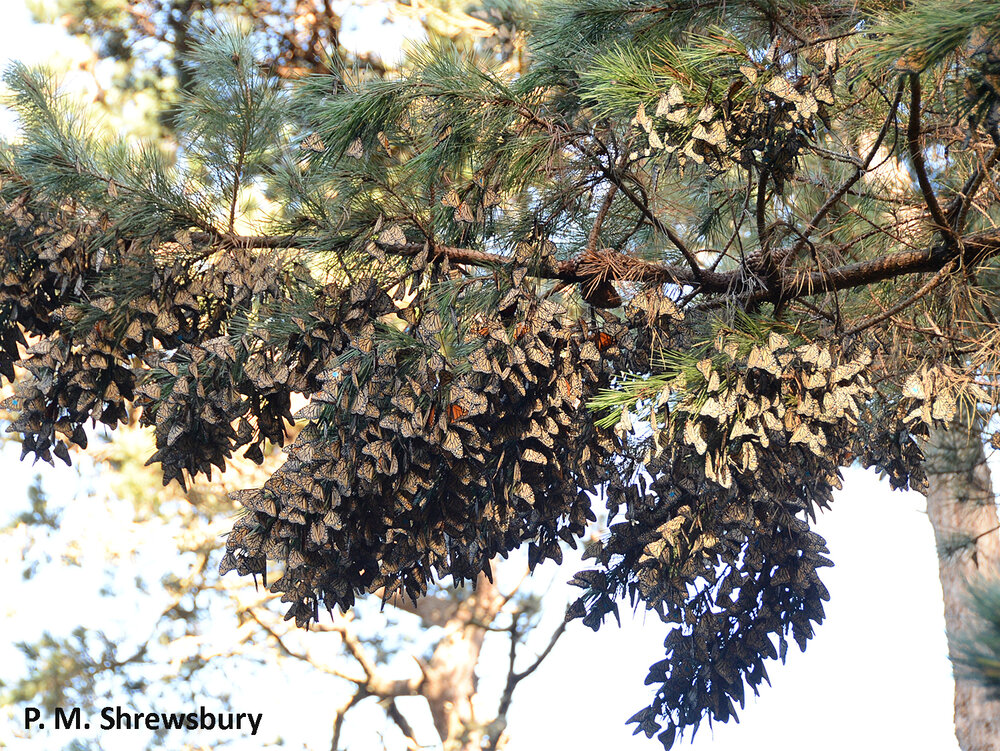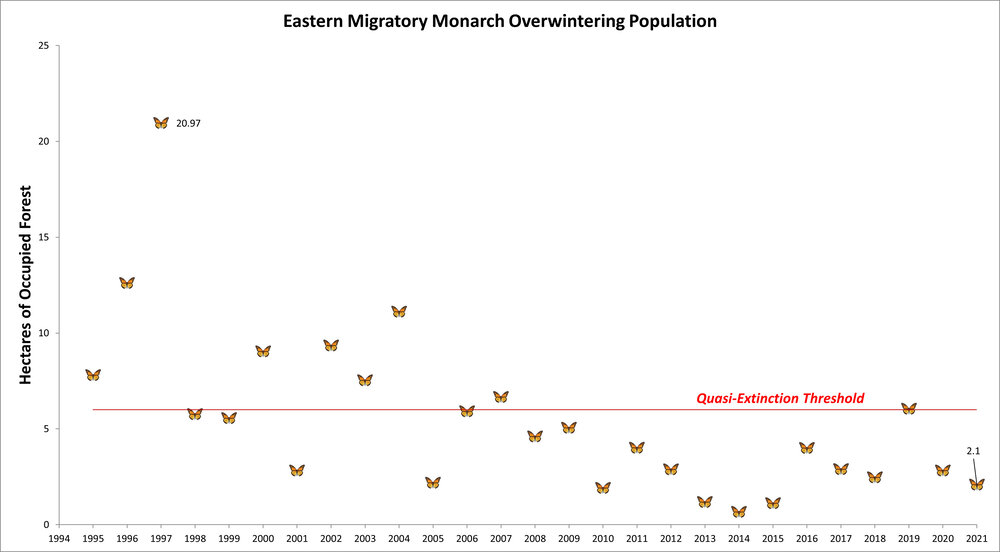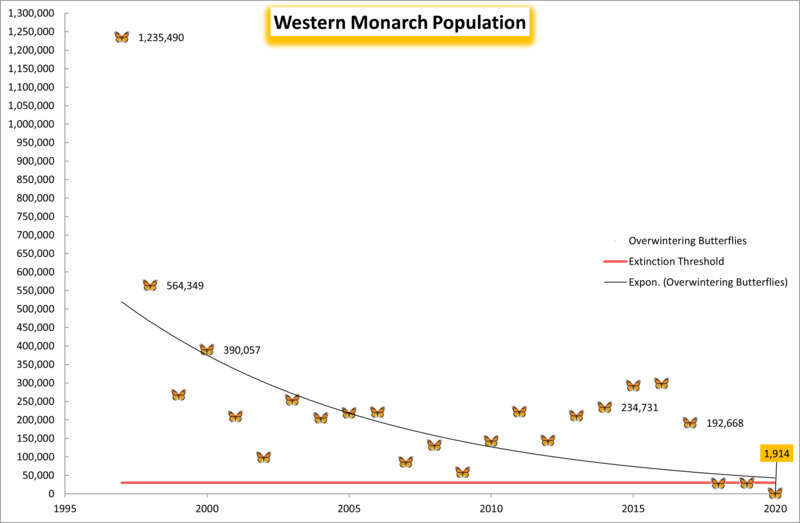Signs of Termite Damage & How to Prevent Costly Repairs with Prevention
At only 1/4-inch in length, termites manage to wreak serious havoc on homes and businesses that far outweighs their weight and size.
Damage caused by termites can render buildings structurally unsound — which is a terrifying thought for any homeowner or business operator.
In fact, an average-sized colony hosts about 60,000 worker termites, which can destroy the equivalent of a single foot of a two-by-four beam in a mere five months.
Colonies that are at least five years old may contain over a million termites. So, if a termite infestation goes unnoticed, it can become problematic quite quickly.
Coastal states such as New Hampshire, Massachusetts, and Rhode Island are especially susceptible to the pests. States lining New England’s shore are attractive to termites due to the dense forestry, humidity, and rich soil.
Termites flourish under such conditions and are most prevalent in the spring and summer, but they are still active during the cooler months.
In fall and winter, termites burrow deeper underground or into the wood they are invading to stay warm.
Most species reproduce rapidly and have long lifespans, such as the eastern subterranean termite species, which is native to the Northeast. Under suitable conditions, the termite queen can live for 30 or 50 years.
Since the queen could potentially live for 50 years, this creates ample opportunity for the colony to repopulate and thrive.
In the early stages of the colony, the queen might lay 10 to 20 eggs. But, as the colony begins to flourish, she can lay nearly 1,000 eggs at a time.
All of this can happen quite quickly and can cause more than just a headache for the property owner.
The damage caused by termites is costly and can result in financial ruin for a homeowner or business owner.
These tiny structural pests, while helpful agents in breaking down rotted trees, are a menace to man-made structures and oftentimes they are found too late.
Within the U.S. alone, termites cost property owners billions of dollars in structural damage annually and over $2 billion in repairs.
It’s crucial, therefore, to understand what attracts termites, the damage of termites, and how to reinforce a property or home to prevent termites from invading the foundation and infrastructure.
Types of Termites & the Damage Each Can Cause
There are several types of termites that present major threats to homeowners or business owners, namely subterranean termites, drywood termites, and dampwood termites.
The damage each termite causes is based on the species, burrowing habits, and the type of wood they eat.
Subterranean Termite Damage
Subterranean termites (Reticulitermes flavipes), as the name suggests, live underground, making a meal out of moist or decaying wood.
Reputed for being the fastest reproducers amongst the termite species, subterranean termites are the most common termite species in the Northeast as they thrive off the region’s fertile soil, woods, and moist climate.
Subterranean termites possess sharp teeth and powerful jaws that can destroy an entire home’s foundation if left undetected — a headache for any homeowner.

This type of termite needs excessive moisture, so they are most attracted to areas like drains, leaky pipes, and wooden structures that are directly embedded in soil, like porches or fences.
Homes or businesses that struggle with poor water drainage, ventilation, or are surrounded by lots of exposed wood should check for these structural pests.
Signs of a termite infestation include:
- Detached termite wings.
- Drooping floors.
- Tiny holes in drywall — also known as kick-holes.
- Peeling paint.
- Blisters, wood tunnels, or gaps in flooring.
- Tiny mud tubes on the ground that lead to the foundation of a structure or home.
- Incessant clicking noises made by termite jaws sawing through hard materials.
However, even if there are no visible signs of termite damage, this does not mean a home or business is completely termite-free. It is best to contact a pest control specialist to inspect for a termite infestation.
Damage inflicted by subterranean termites is not immediately apparent as these pests eat wood from the inside out, to the point of collapsing entire buildings.
Subterranean termites feed on subfloors and the subsequent destruction resembles water damage.

Severely damaged wooden structures become hollow shells that resemble honeycombs thanks to the hollowed chambers. These openings create the perfect environment for subterranean colony nests.
Subterranean termite nests appear as hollow strips that follow the grain of the wood.
The mandibles, or jaws, of subterranean termites can even saw through non-porous materials like plastic, varnished wood, and thin metal.
Other materials easily destroyed by the subterranean termite include paper, fiberboard, rubber, and cotton-based fabric.
Although it will not consume these materials, a termite could create an opening to access the wood beneath.
Drywood Termite Damage
Drywood termites (Incisitermes minor) are especially threatening to buildings and homes as they favor structurally sound, dry wood.
Drywood termites can invade the home by way of infested firewood or wooden furniture that is brought inside.
This species of termite is not as prevalent in the Northeast as they do not like excessively moist climates. But areas that face arid springs and summers like the Southeast or Midwest should beware of this termite species.
Drywood termites do not require vast sources of outside moisture to survive. The moisture contained within dry wood is enough to sustain them.

Drywood termites’ colonies are much smaller than those of subterranean termites, generally housing only about 3,000 to 5,000 termites. Whereas subterranean termite colonies, on average, can reach around 60,000 termites or more.
But regardless of their small-sized colonies, drywood termites can still cause profound structural damage as multiple drywood colonies can exist in a single wood piece.
Drywood termites eat against the grain of wood, resulting in the destruction of both the soft springwood and hard summerwood layers of a piece of lumber.

This type of termite constructs its colonies by chewing tunnels and chambers in structurally sound wooden pieces such as:
- Roof sheathing
- Attic beams
- Rafters
- Siding
- Exposed wood trim
- Porches, decks, and patios
- Floors
- Subfloors
- Door and window frames
- Furniture
- Walls
Drywood termites create kick-holes, or tiny holes in places like drywall and flooring, then dispense their feces, which resemble pellets called frass, through the openings. Frass and miniscule kick-holes are clear signs of drywood termites.

In addition to breaking beams and furniture, the presence of drywood termites can result in the structure of a home, shed, garage, or other building becoming weak and unstable.
While a subterranean termite colony can destroy a house’s infrastructure within three years, it can take a drywood termite colony between five to eight years to cause significant, but repairable — albeit expensive — damage.
But drywood termites are excellent hiders. To truly eradicate them from a building’s infrastructure, professional termite treatment and control is necessary.
Dampwood Termite Damage
Dampwood termites (termopsidae) inhabit wet wood, decayed wood, and wood embedded in or near the ground.
In terms of size, this species of termite is one of the largest found in North America. King and queen dampwood termites can reach nearly an inch in length.

Dampwood termites require constant exposure to water and humidity, so they often infest high-moisture areas, such as wall cavities, in structures that struggle with:
- Old, plugged gutters
- Leaky pipes
- Broken ventilators
- Obstructed drains
Buildings that face excessive moisture due to the issues listed above invite dampwood termites inside to build their colonies.
Like drywood termites, dampwood termites eat across the wood grain. Their colonies appear clean-cut since dampwood termites cover the holes they create with their own feces.
Water-damaged buildings and homes should beware of this pest as it can lead to significant issues.

The best defense against dampwood termites is good drainage that ensures water is swept away from the home.
A dry, well-insulated home or building helps to repel these destructive pests — making it important to repair water damage found throughout the structure.
How to Prevent Termite Damage
Although it can be nearly impossible to eliminate a termite infestation on your own, there are steps that homeowners and business owners can take as a means to help prevent an infestation from occurring.
One way to prevent termite damage before it begins is by reinforcing the structure, especially during construction. Taking extra precautions now can help to save time, headaches, and money later.
Additional steps that can be taken include:
- Remove all surrounding, underground, or embedded tree stumps, roots, and other wood debris from the site prior to construction. This step should also be taken for established homes and buildings.
- Enlist a licensed pest control specialist to treat soil and wood with EPA-approved liquid soil-applied termiticides and other chemicals.
- Slope the soil surface around the building to help drain water away from the property.
- Reinforce all foundations with concrete or barriers made from metal or plastic.
- Properly store firewood by cutting it in small chunks, stacking it away from the home, and keeping the piles covered and raised off the ground.
- Plant trees at least 20 feet away from a structure’s foundation
- Immediately fix ventilation, leaking pipes, and blocked drains or gutters.
- Regularly replace and maintain insulation to help keep it dry and pest-resistant.
- Get rid of wood debris, rotting wood piles, damp lumber, and other similar items.
Termites are also often mistaken for carpenter ants, which cause relatively less damage and are not usually found in dry wood. But carpenter ants can still be a nightmare for homeowners and business owners alike.
Before construction, consult with a licensed pest control expert on how to reinforce the foundation and infrastructure to protect it from termite damage.
Control Termite Damage with Expert Help
Termites and other structural, wood-eating pests must be detected and stopped in the early stages of infestation to help save both the building and thousands of dollars in repair.
Do-it-yourself efforts can be helpful, but ultimately are not enough to repel termites and save a structure. Consulting an expert and having the property treated is the ultimate defense against termites.
Catseye Pest Control provides termite control and treatment services, an individualized service that covers all the bases of managing an infestation and keeps homes termite-free.
Catseye Pest Control’s termite control and treatment includes:
- Using Integrated Pest Management (IPM) practices — environmentally friendly pest control techniques that focus on reinforcement against all types of pests.
- Meticulous termite inspection(s) of the home.
- Extensive service visits that go beyond the normally allotted time slots.
- Customized termite treatment programs based on the severity of the property’s structural damage and infestation.
Contact Catseye now for a free pest inspection and to learn how we can help defend your home, garage, restaurant, or other building against termites.
